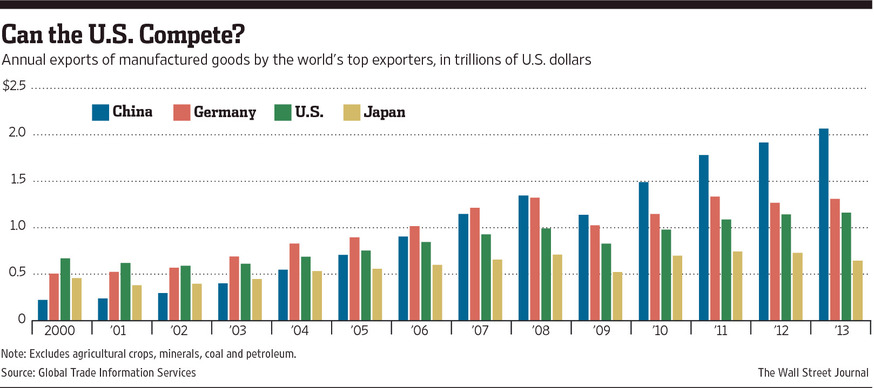LeveragedBuyout
SENIOR MEMBER

- Joined
- May 16, 2014
- Messages
- 1,958
- Reaction score
- 60
- Country
- Location
Do u refer to Ili Pika about manufacturing?
Not specifically directed at you, but rather, an entire cohort of Chinese users. I can't tell you how many times that chart of manufacturing value added has been posted by Chinese users, but it's been so often that I've almost memorized it. Manufacturing is a small contributor to the US economy, so we don't care about it, and no one else has the manufacturing scale that China has, so no one else can compare. Thus, it's only the Chinese users who keep presenting that chart.
I'm not bitter about it, just bored.





